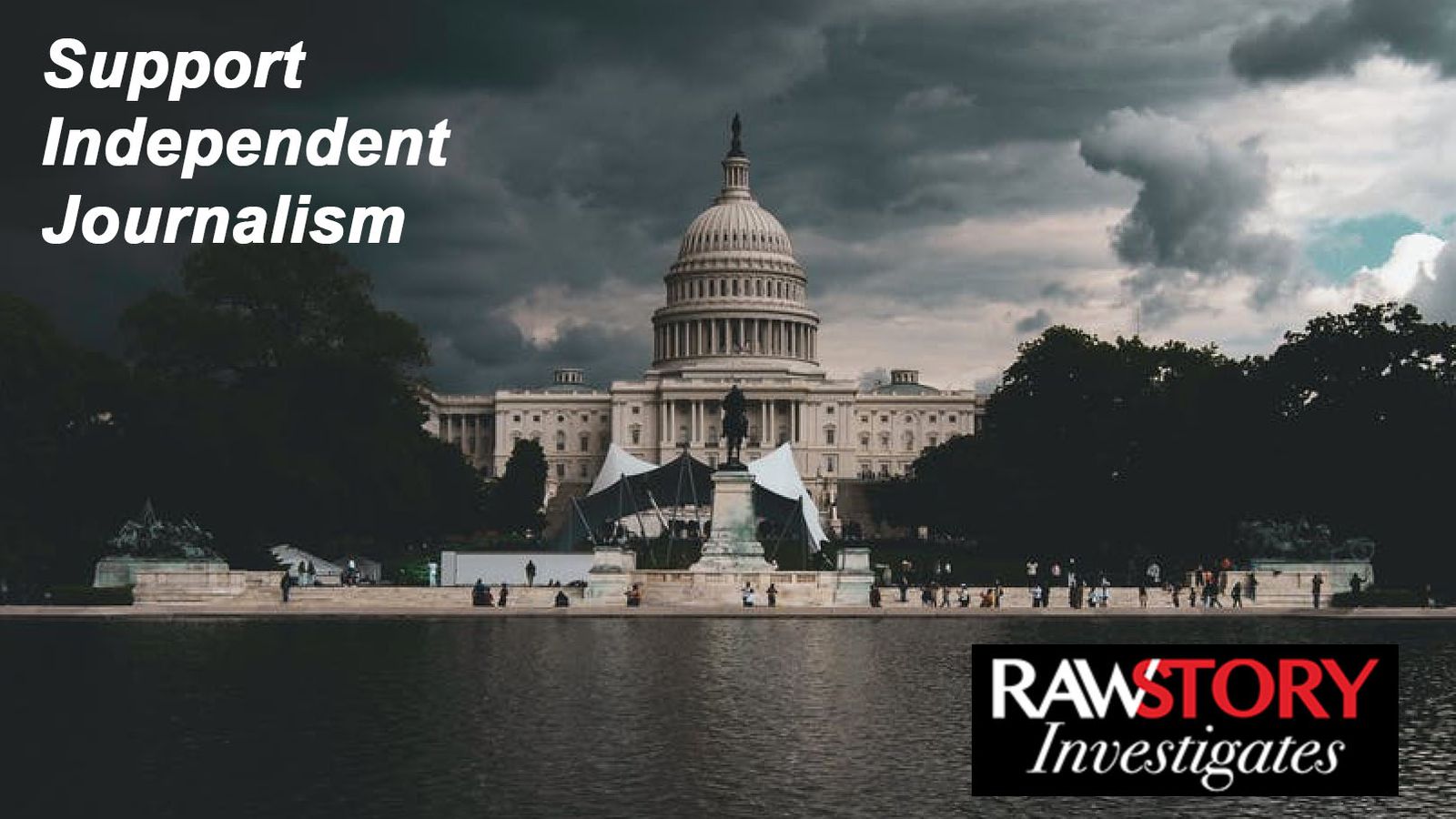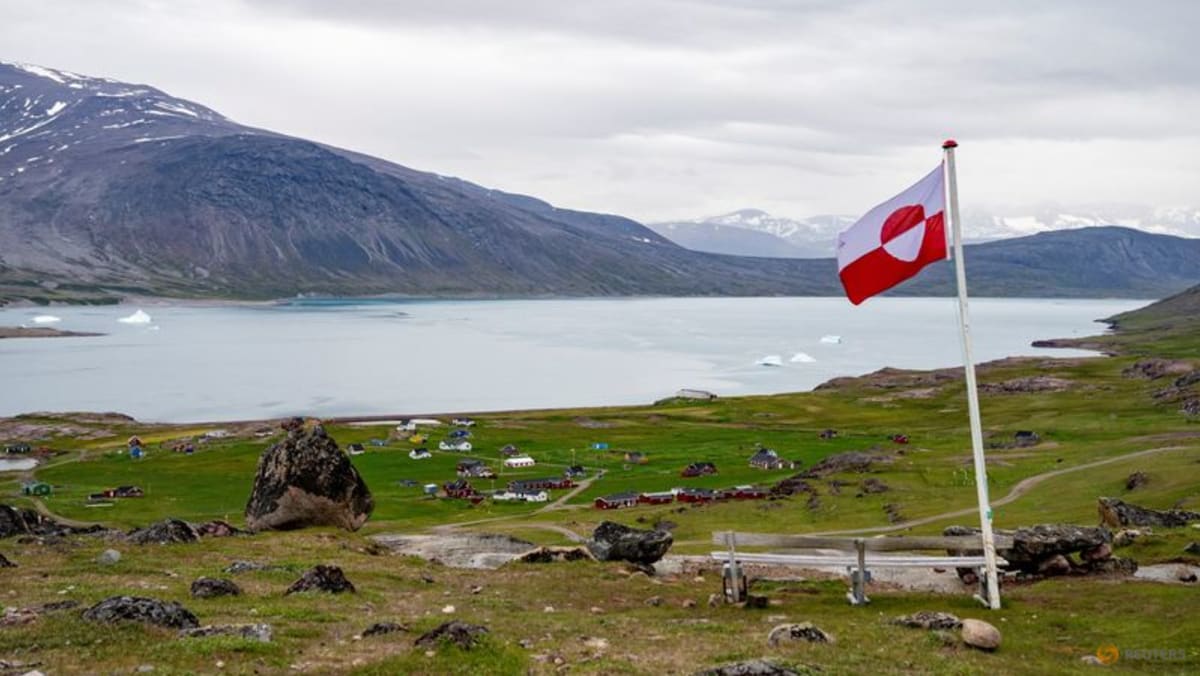Bangladesh’s Prime Minister Sheikh Hasina resigned and fled to India on Monday after 15 years in power. The 76-year-old Hasina, who is the daughter of Sheikh Mujibur Rahman, the first Prime Minister of the country, had become increasingly authoritarian in recent years. But it was the clashes between police and anti-government protesters, which have left at least 300 dead, that ultimately proved her undoing.
Hasina’s political party, the Awami League, was central to Bangladesh’s independence in 1971 and has played a prominent role in the country’s politics since its founding. The former Prime Minister’s focus on public health and economic development led to one of the most successful public health campaigns in South Asia and a dramatic reduction in the number of people in the country living in poverty. In the last years of her rule, though, arrests, disappearances, and extra-judicial killings of her political opponents had become more frequent, according to the BBC, and the last three elections were deemed to have too many irregularities to be declared free and fair by international observers.
Hasina’s resignation and the political instability it brings puts the country’s future in a precarious position. Here is what to know.
Read More: Sheikh Hasina and the Future of Democracy in Bangladesh
Why did Sheikh Hasina resign and flee?
Trouble for Hasina began when protests broke out in the country over a Supreme Court ruling that reinstated a 30% quota for the descendents of Bangladesh’s independence fighters for government civil service jobs. These jobs are among the most secure and well-paying jobs available to young Bangladeshis, and many university students believed the law was discriminatory and disproportionately benefited members of Hasina’s political party, the Awami League party, which was at the forefront of the country’s independence movement. The youth unemployment rate in Bangladesh stands at 15.7%, according to the World Bank.
The student-led protests gained momentum in early July before turning violent on July 15, when members of the Bangladesh Chatra League, the student wing of Sheikh Hasina’s Awami League political party, attacked protestors with sticks, clubs, and revolvers, according to Amnesty International. The government also shut down the internet for 11 days between July 17 to July 23 and then shut it down once again between Sunday and Monday.
On July 16, police were dispatched to Begum Rokeya University in Northwest Bangladesh, where they used tear gas and shot rubber bullets at protesters, fatally killing at least one student. The clashes continued to escalate, and local media has reported at least 300 people were killed since the protests started, prompting further outrage from the Bangladeshi public. On Monday, protesters stormed Hasina’s official residence in defiance of a military curfew order, and Hasina fled the country to India.
Who is currently governing Bangladesh?
Bangladesh’s army chief, General Waker-Uz-Zaman, said in a televised address on Monday that he was temporarily taking control of the country. He told the public that the military would ensure a peaceful transition of power and hold accountable those responsible for the killing of student protestors.
“Keep faith in the military, we will investigate all the killings and punish the responsible,” he said according to the Associated Press. “I have ordered that no army and police will indulge in any kind of firing.”
He also asked student protestors to cooperate with the interim government. “Now, the students’ duty is to stay calm and help us,” he added.
Mohammed Shahabuddin, who holds the largely ceremonial role of President of Bangladesh, announced late on Monday that parliament would be dissolved and fresh elections would be held as soon as possible. As of now, opposition leaders and the country’s military leaders are attempting to form an official interim government.
Bangladesh has faced over 20 coups or coup attempts since it achieved independence in 1971. The country had previously been under the rule of multiple military generals between 1975 and 1990 until a democratic government was reestablished. The military has historically held a significant amount of political power in the country, with the most recent foiled coup attempt occuring in 2012. The military is currently playing a prominent role in Hasina’s absence.
Who might take over?
One name that has been suggested by a prominent leader of the student protests is Muhammad Yunis, who won a Nobel Peace Prize in 2006 for his work on microlending, which provides people living in extreme poverty with loans to help them start successful small businesses and escape poverty. Yunis, 87, has been a long time opponent of Hasina and was sentenced to 6-months in prison by her government on charges of violating labor laws in January 2024, though he was able to make bail. He was subsequently indicted for embezzlement in June 2024. Yunis maintains that both these charges are politically motivated.
Another important person in Bangladesh’s politics, former Prime Minister and opposition leader Khaleda Zia, was freed from house arrest on Tuesday, where she has been imprisoned for six years following a corruption case. Zia is the official chair of the Bangladesh National Party, which is the largest opposition party in Bangladesh. Zia and Hasina’s rivalry has dominated Bangladeshi politics, but at 78 years old Zia struggles with multiple health issues. Whether or not she takes a prominent role in the country’s new government remains to be seen. Tarique Rahman, her son and vice chairperson of the Bangladesh National Party, has returned to Bangladesh after being forced into exile by Hasina’s government. On the social media platform X, he encouraged people to exercise restraint and patience as they wait for a new permanent government to form.
“It would defeat the spirit of the revolution that toppled the illegitimate and autocratic regime of Sheikh Hasina if people decide to take the law into their own hands without due process,” he wrote on the social media platform X.





















Discussion about this post